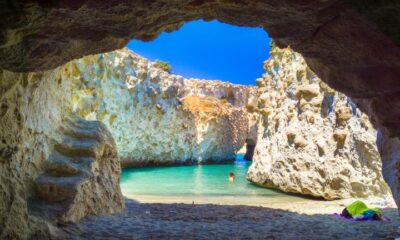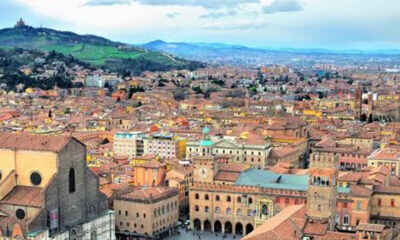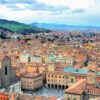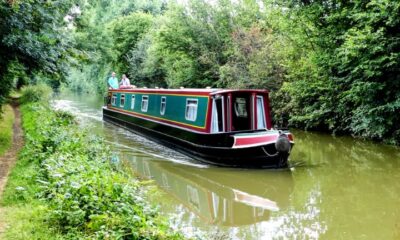Each state in America has its own natural environment to admire, but most people don’t even get to see more than a handful of these wonders in their lifetimes. But time spent outdoors is valuable.
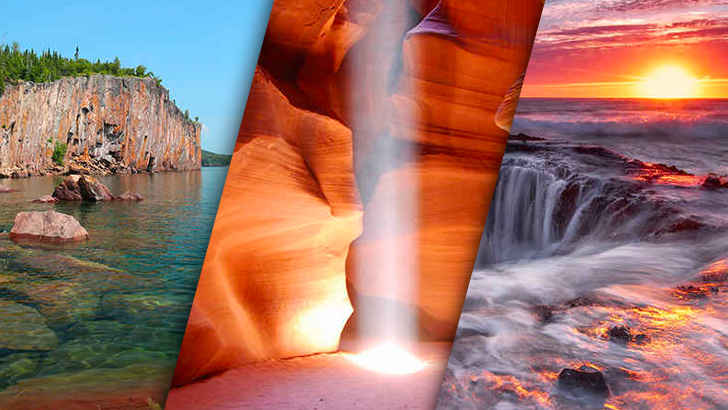
ADVERTISEMENT - CONTINUE BELOW
Next time you decide to take a vacation, consider making a journey to these hidden gems – and believe us, every state is worth visiting. These are America’s best natural wonders.
California: Sequoia National Park
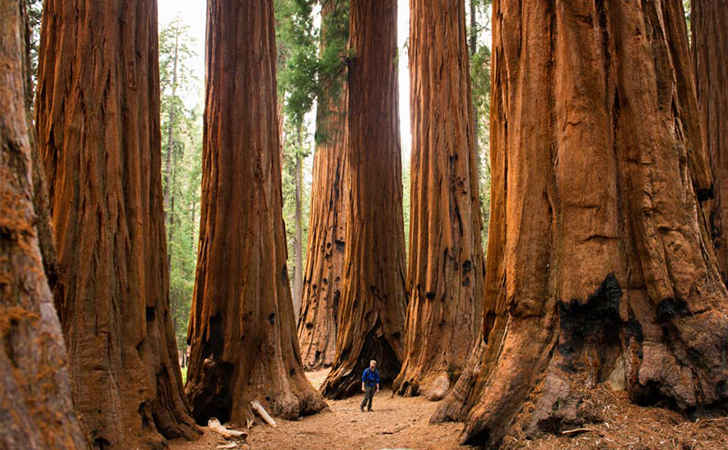
ADVERTISEMENT - CONTINUE BELOW
California’s famous Sequoia National Park is a must-see natural wonder in the U.S. state with the highest population number. Famous for its multitude of giant sequoia trees, the national park contains the General Sherman Tree, which is the largest tree on Earth. Visit this beautiful forest when the world starts feeling a little too small for comfort.
Georgia: Radium Springs
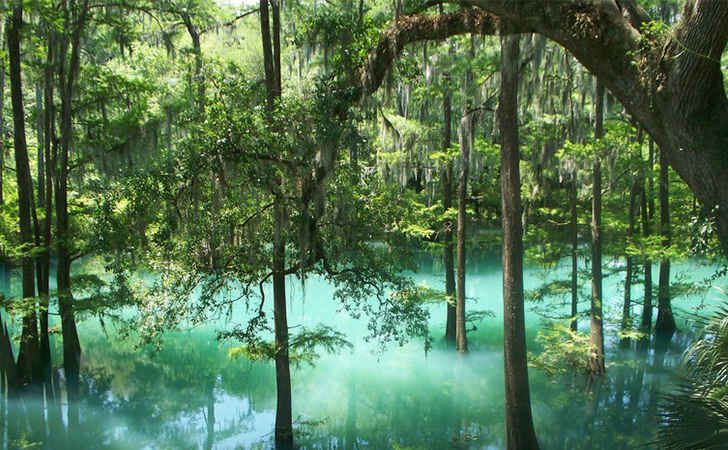
ADVERTISEMENT - CONTINUE BELOW
Radium Springs in Albany, GA is one of the most beautiful places you’ll ever set eyes on. One of the Seven Natural Wonders of Georgia, it is the largest natural spring in the state. The water in Radium Springs contains traces of radium, hence the name, and the temperature is 68 degrees Fahrenheit year-round. The deep blue waters flow at 70,000 gallons per minute and empty into the Flint River.
Michigan: Pictured Rocks National Lakeshore
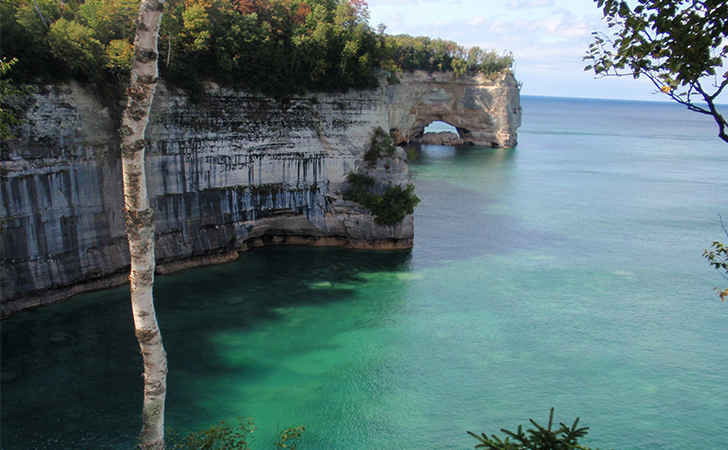
ADVERTISEMENT - CONTINUE BELOW
The Pictured Rocks National Lakeshore in Michigan derives from 15 miles of colorful sandstone cliffs. The formations have been naturally sculptured into shallow caves and arches, and some even resemble castle turrets. They rise up to 200 feet above lake level, and are a favorite among kayakers who enjoy kayaking under the arches and exploring the cliffsides.
North Carolina: Linville Caverns
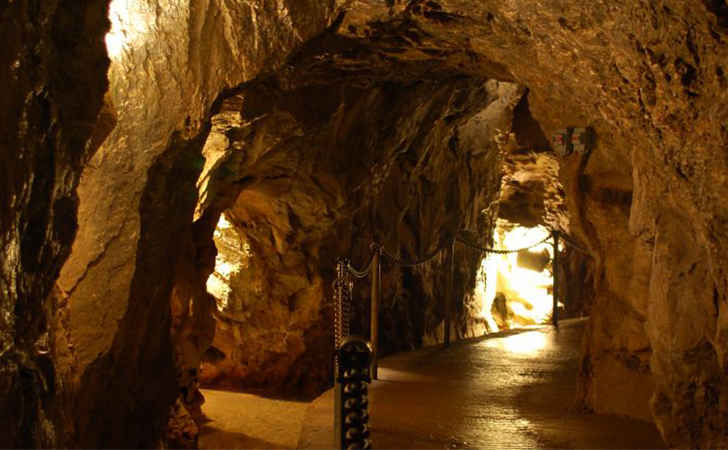
ADVERTISEMENT - CONTINUE BELOW
Linville Caverns is one of the many beautiful locations to explore in North Carolina, but it is unlike anything else you’ll ever see. The caverns were formed in a deposit of Shady Dolomite at the base of Humpback Mountain. Linville Caverns have been open for tours since the 1930s, and now are the only show caverns in North Carolina. Civil War deserters once used these caverns as a hideout. If you visit these caverns in the fall and winter months, you may get the chance to see the tricolored bats and little brown bats who reside there.
New Jersey: Manasquan Beach Bioluminescent Shores
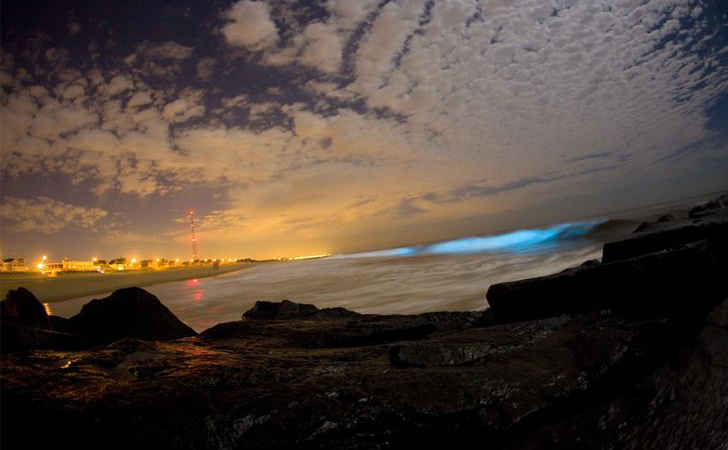
ADVERTISEMENT - CONTINUE BELOW
The bioluminescent waves can be seen at certain times of the night at Manasquan Beach in New Jersey. The bioluminescence isn’t caused by anything toxic, but actually by an abundance of plankton and algae in the water. The best times for viewing are during the summer months between July and September, and always at night for the clearest image.
Virginia: Natural Bridge, Rockbridge County
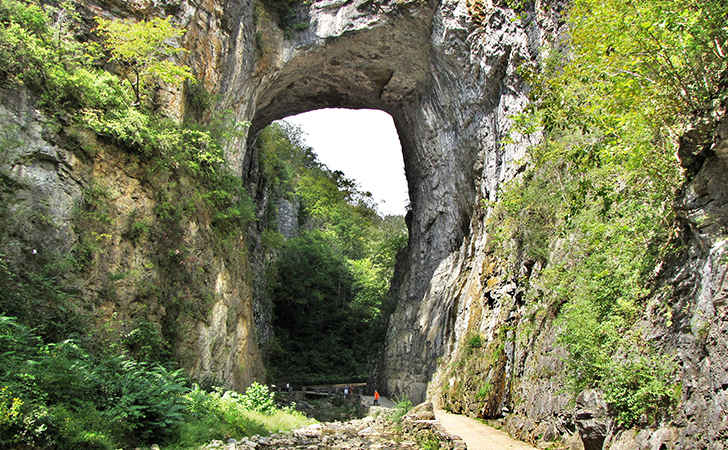
ADVERTISEMENT - CONTINUE BELOW
Natural Bridge in Rockbridge County, Virginia is considered one of the 7 Natural Wonders of the World. It’s a 215-foot arch of rock with a 90-foot span. Though scientifically speaking it was most likely formed when a cavern of some sort collapsed, local Monacan Indian folklore claims that it appeared as an escape route during a battle. The bridge is one of Virginia’s most popular destinations today.
Washington: Hall Of Mosses, Olympic National Park
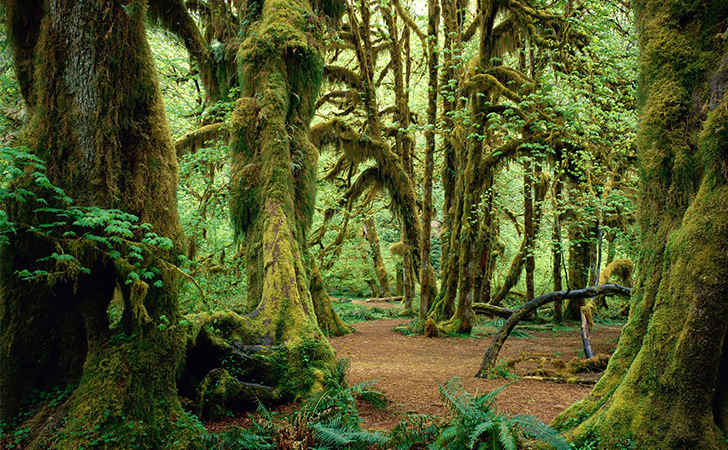
ADVERTISEMENT - CONTINUE BELOW
The Hall of Mosses is a hiking trail in Olympic National Park, located in the Hoh Rain Forest. The forest along the trail is filled with old temperate trees covered in green and brown mosses, which do not damage the trees at all. However, the trees do have shorter roots due to the abundance of nutrients and water in the forest, so they do often fall from the winds in the storms. Then, however, the trees and mosses just grow from and over the fallen tree trunks.
Massachusetts: Purgatory Chasm, Sutton
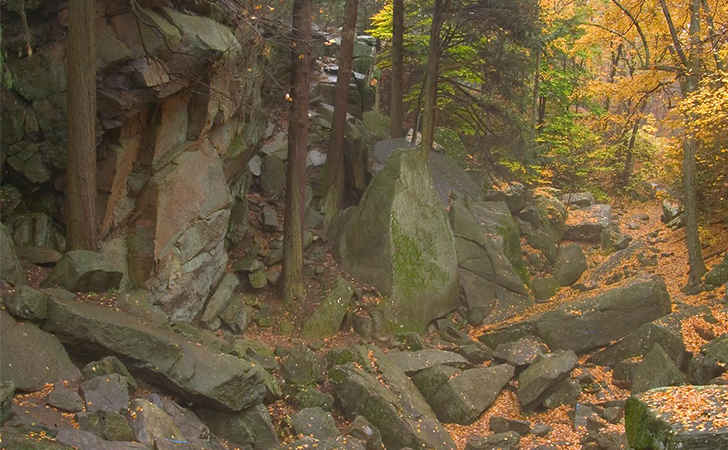
ADVERTISEMENT - CONTINUE BELOW
Now a state reservation, Purgatory Chasm is a 70-foot deep gorge in the forests around Sutton made of granite bedrock. It contains abrupt precipices and boulder caves where ice often lingers into the early summer. The park is open year-round to visitors, but the chasm is closed to hikers and climbers during the winter months due to ice hazards.
Arizona: Antelope Canyon
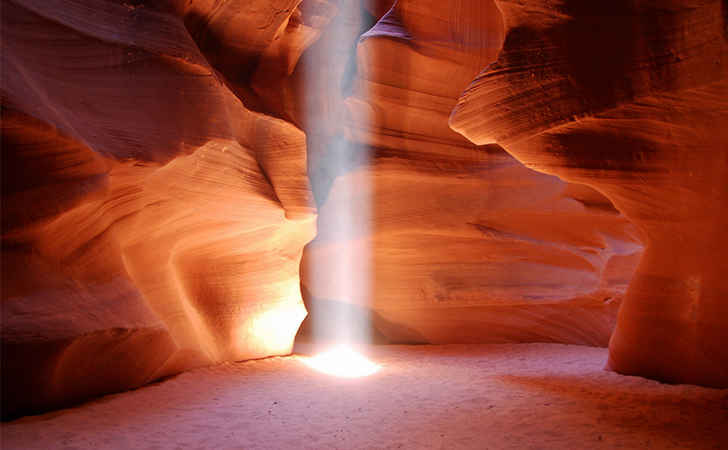
ADVERTISEMENT - CONTINUE BELOW
Antelope Canyon is one of the most popular spots for photographers. This slot canyon in northern Arizona was created by erosion of Navajo Sandstone, primarily due to flash flooding. This is partly why the formation is such a smooth-flowing shape. Water still flows and sometimes floods in the canyon, so today it’s only accessible by guided tours.
Indiana: Marengo Cave
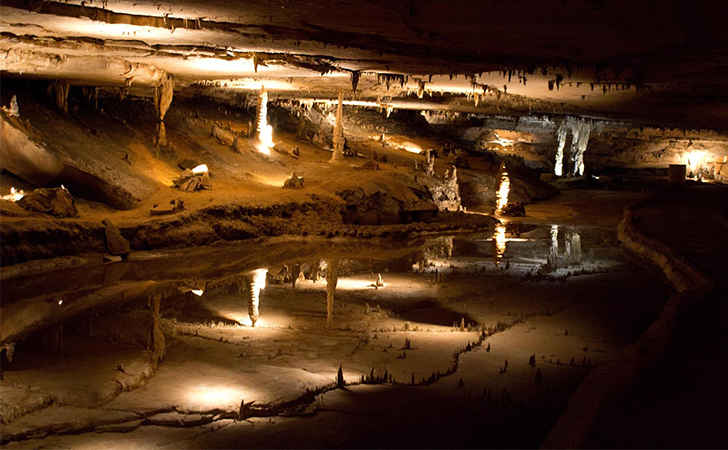
ADVERTISEMENT - CONTINUE BELOW
Located in Marengo, Indiana, Marengo Cave is easily the most well-known cave in the state, and it’s one of only four caves available for show in the state. Public tours of the cave have been given since its discovery by two school children in 1883. The cave was designated a National Natural Landmark in 1984.
Tennessee: Ramsey Cascades, Gatlinburg
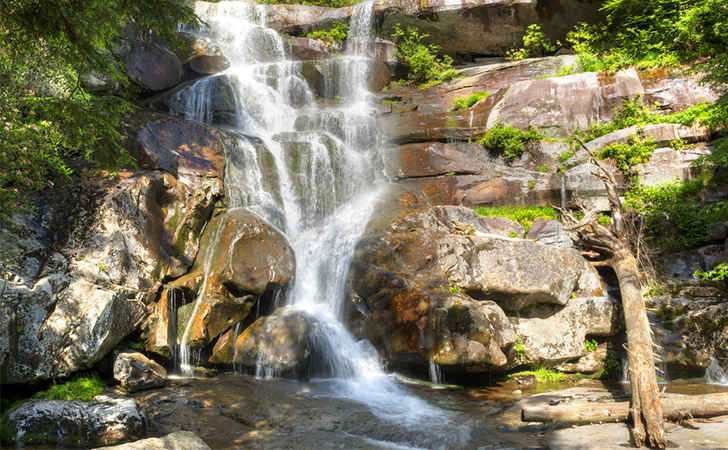
ADVERTISEMENT - CONTINUE BELOW
Ramsey Cascades is the tallest waterfall accessible by trail in the Great Smoky Mountains National Park, with over 100 feet of falling water. It gushes over rock outcroppings and gathers into a pool at the bottom where hundreds of well-camouflaged salamanders can be found.
Missouri: Onondaga Cave
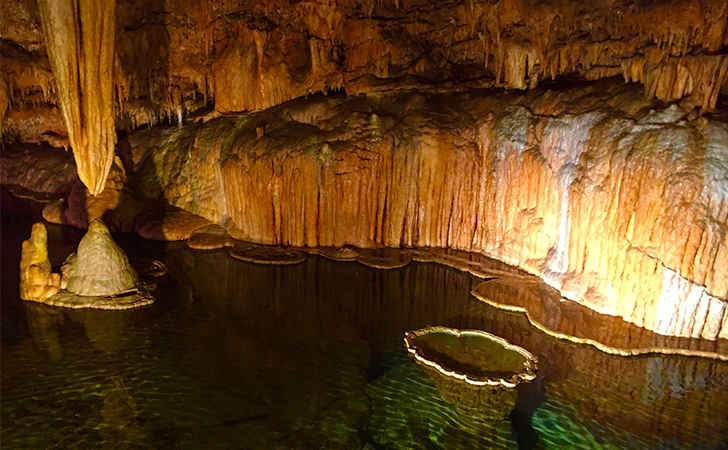
ADVERTISEMENT - CONTINUE BELOW
Clearly one of the most beautiful caves out there, Onondaga Cave is in Onondaga Cave State Park in Missouri. The cave is full of dripping stalagmites and “lily pads” formed by mineral deposits in the water.
Maryland: Assateague Island
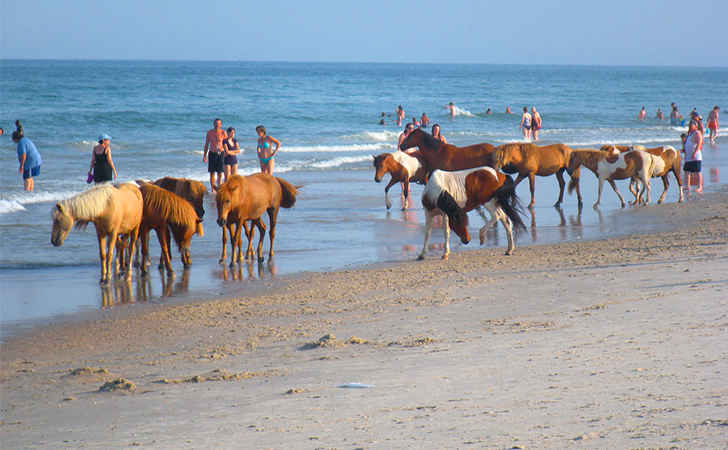
ADVERTISEMENT - CONTINUE BELOW
Yee-haw! The barrier island shared between Maryland and Virginia, Assateague Island is famous for its wild horses who wander right up to the shoreline. It’s a unique sight to see, to be sure!
Wisconsin: Apostle Islands National Lakeshore
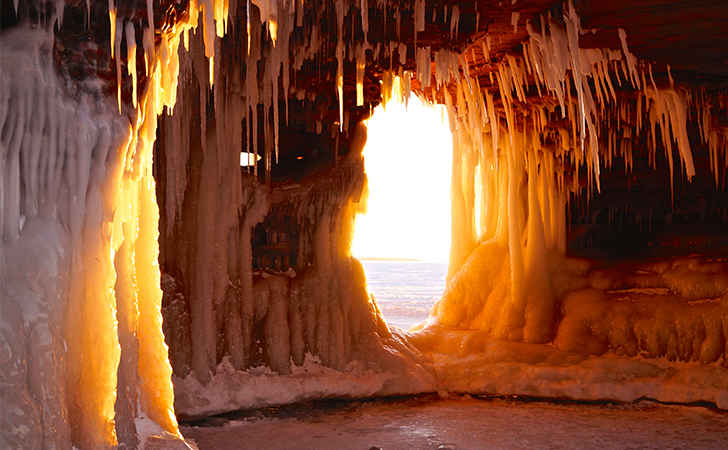
ADVERTISEMENT - CONTINUE BELOW
The Apostle Islands National Lakeshore is an archipelago containing 21 wilderness islands along Lake Superior’s water lines. The spectacular natural sight to see is, like above, frozen waterfalls hang inside sea caves and create some breathtaking scenes.
Minnesota: Palisade Head
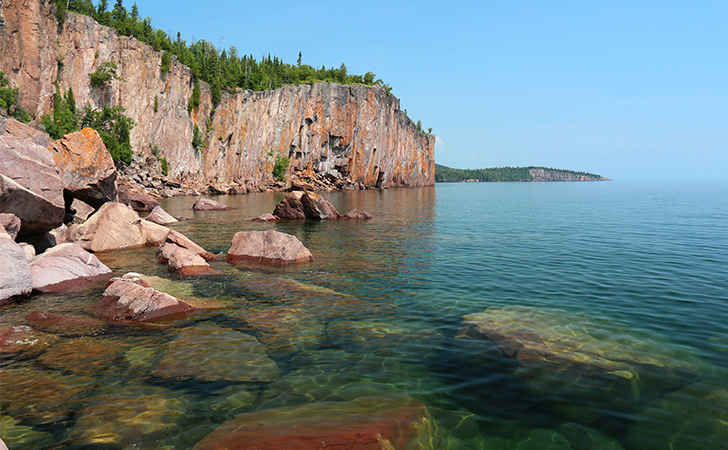
ADVERTISEMENT - CONTINUE BELOW
About an hour from Duluth, MN on the North Shore, Palisade Head towers 300 feet over the waters of Lake Superior. The rock formation is over 1 billion years old, so marvel in the magnificence while you can!
Colorado: Hanging Lake (Glenwood Canyon)
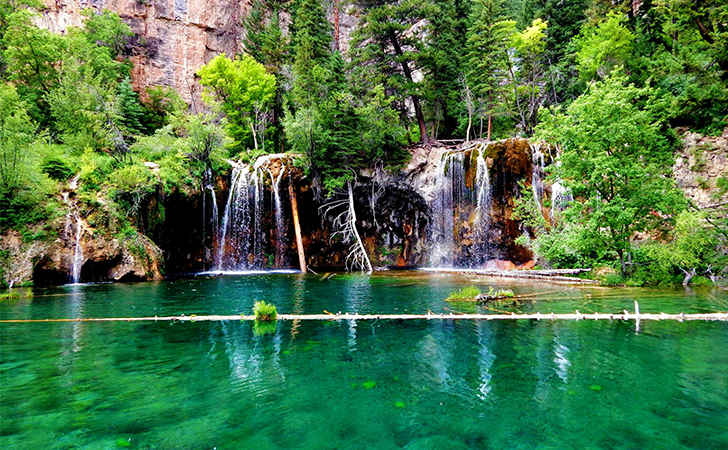
ADVERTISEMENT - CONTINUE BELOW
This gorgeous lake is composed of travertine, which was created when dissolved limestone was deposited on rocks and logs, creating travertine layers. Hanging Lake is located on a fault line, and it was formed when about an acre and a half of the valley floor sheared off from the fault and dropped to what is now the shallow bed of the lake. The bright turquoise colors in the lake are made by carbonate minerals that have dissolved in the water.
Alabama: Dismals Canyon
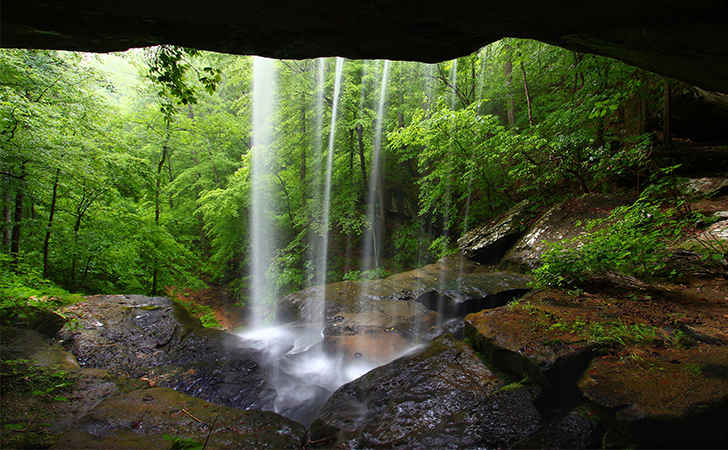
ADVERTISEMENT - CONTINUE BELOW
Near Phil Campbell in Franklin County, Alabama, lies Dismals Canyon, an 85-acre nature preserve. It’s one of only a few places where insects called dismalites can be found (hence the name). This stunningly beautiful canyon has six natural bridges and two incredible waterfalls (Secret Falls and Rainbow Falls). Fun fact about this location: Several outlaws, including Jesse James, have supposedly used the canyon as a hideout.
South Carolina: Angel Oak
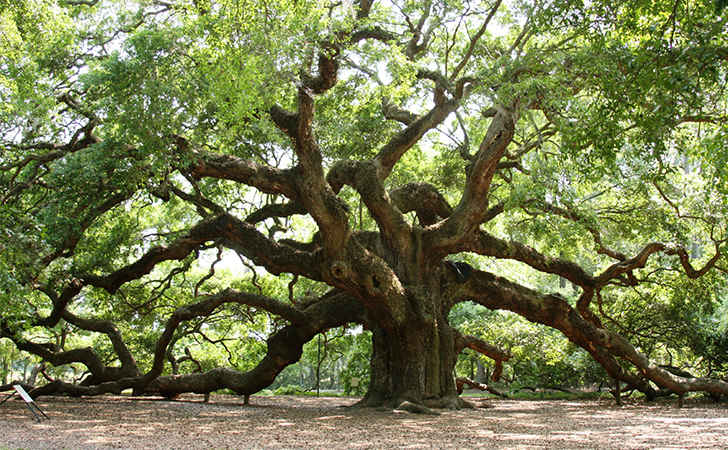
ADVERTISEMENT - CONTINUE BELOW
The Angel Oak on St. Johns Island is said to be one of the oldest living things in the country. Standing more than 66 feet tall, it has a circumference of 28 feet. Its canopy shades approximately 17,200 square feet. A truly marvelous sight to behold, the park where this great tree lives is free for visitation and should definitely be on your bucket list if you haven’t seen it already.
Louisiana: Bayou Bartholomew
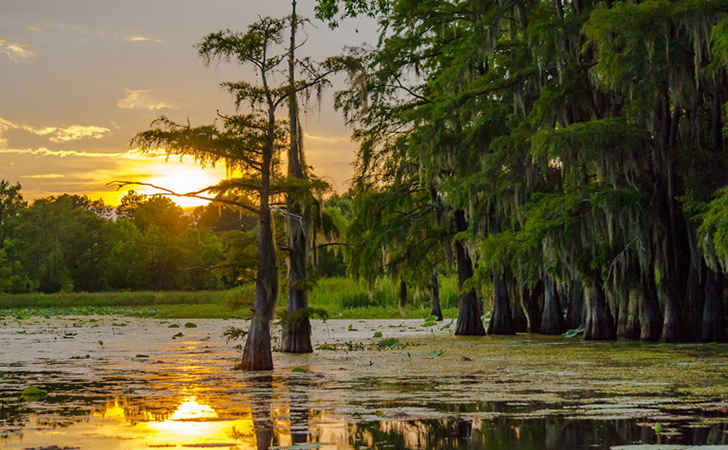
ADVERTISEMENT - CONTINUE BELOW
Bayou Bartholomew in Louisiana is the longest bayou in the entire world, winding approximately 364 miles between Arkansas and Louisiana. It also contains over 100 aquatic species, which makes it the second most diverse stream in North America.
Kentucky: Cumberland Falls
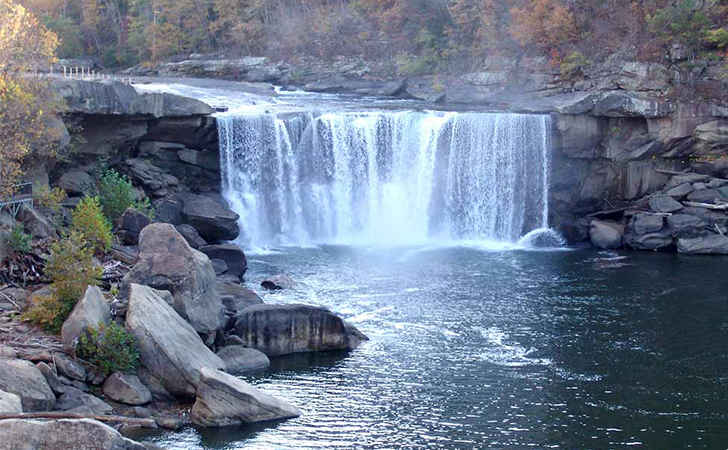
ADVERTISEMENT - CONTINUE BELOW
Sometimes called the “Little Niagara” or the “Niagara of the South,” Cumberland Falls in southeastern Kentucky is the central feature of Cumberland Falls State Resort Park. The falls flow over a resistant sandstone bed, and are about 68 feet high and 125 feet wide. They have an average water flow of 3,600 cubic feet per second. For a really special treat, go check out the falls on a clear night with a full moon, where an elusive lunar rainbow (or moonbow) is sometimes formed by the mist emanating from the falls.
Oregon: Thor’s Well
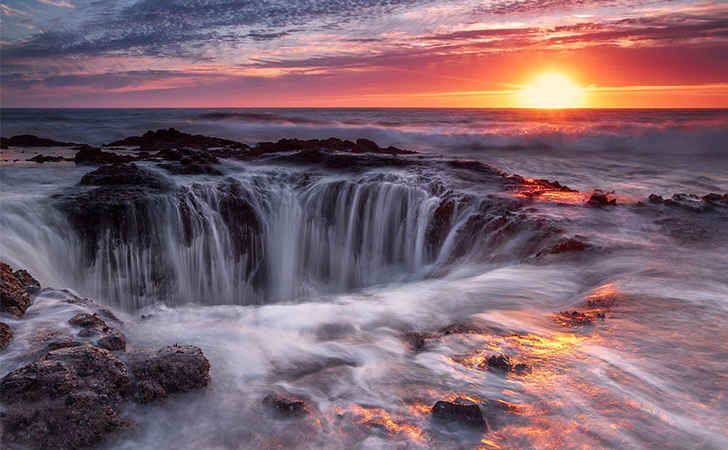
ADVERTISEMENT - CONTINUE BELOW
Along the Cape Perpetua coastline in Oregon, there are a few special sights to see. Devil’s Churn is a long crack in the coastal rock that fills with each ocean wave. The Spouting Horn at Cook’s Chasm and Thor’s Well on the plateau nearby are both saltwater fountains driven by the power of the ocean tide. Thor’s Well (pictured above) and Spouting Horn are best seen about an hour before high tide to an hour after high tide. These sites are popular with visitors, but keep in mind that all three can be dangerous, especially at high tide and during winter storms.
Oklahoma: Gloss Mountains
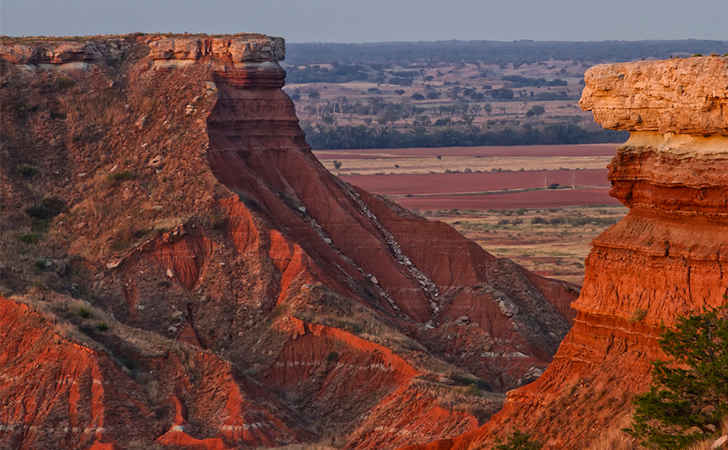
ADVERTISEMENT - CONTINUE BELOW
Also known as Glass Mountains, these “mountains” are not actually mountains at all, but a series of mesas and buttes that are part of the Blaine Escarpment in northwestern Oklahoma. The name of the site comes from the sparkling selenite crystals on the slopes and tops of the mesas. The first American explorers referred to this feature as the “Shining Mountains” when they first saw the formation in 1821. Fun fact: In 1875, a transcription error by a mapmaker resulted in the name “Gloss Mountains,” which is still quite a common name for the mountains.
Connecticut: Dinosaur Tracks, Rocky Hill
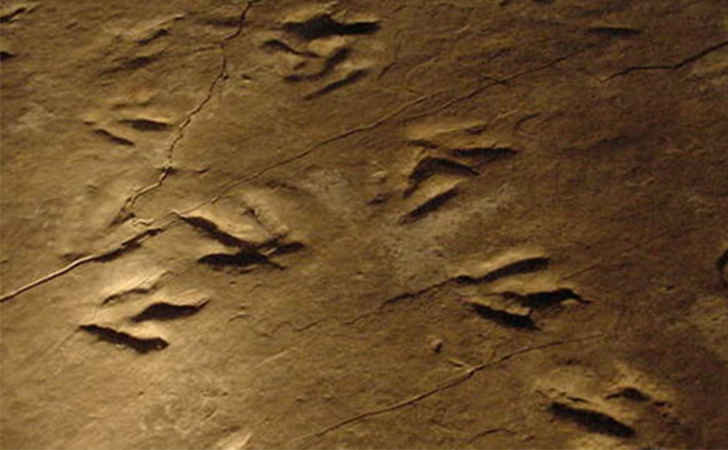
ADVERTISEMENT - CONTINUE BELOW
In Rocky Hill, Connecticut, you’ll find the Dinosaur State Park and Arboretum, which is one of the largest dinosaur track sites in North America. The tracks from the Jurassic era are sandstone-embedded, and date from about 200 million years ago. If that’s not a natural wonder, I don’t know what is!
Iowa: Loess Hills

ADVERTISEMENT - CONTINUE BELOW
We have Mother Nature to thank for the beautiful Loess Hills of western Iowa. During the Ice Age, glaciers moved across the Midwest, grinding rock into dust along the way. Then the glaciers started to melt and the valleys flooded, allowing sediment to form deposits that dried out and eventually came to be naturally covered by grass. The result is what you see here, with the gorgeous golden hills you can only experience for yourself.
Arkansas: Mammoth Spring
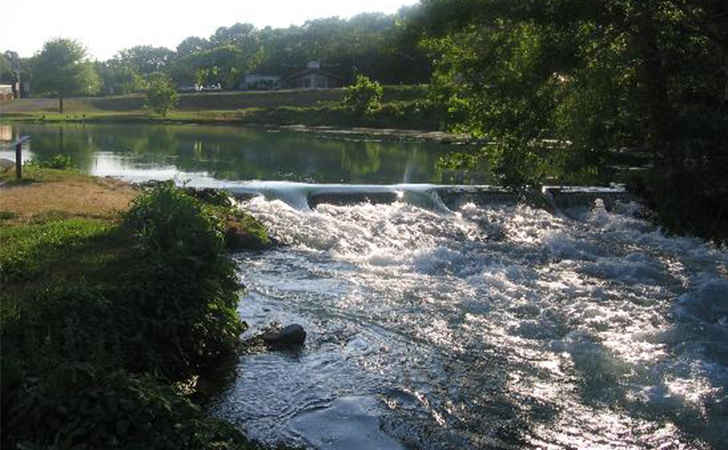
ADVERTISEMENT - CONTINUE BELOW
Mammoth Spring is the largest spring in Arkansas and the third-largest spring within the Ozark Plateau region. It’s also the seventh-largest natural spring in the world. It was declared a National Natural Landmark in June 1972.
Mississippi: Red Bluff
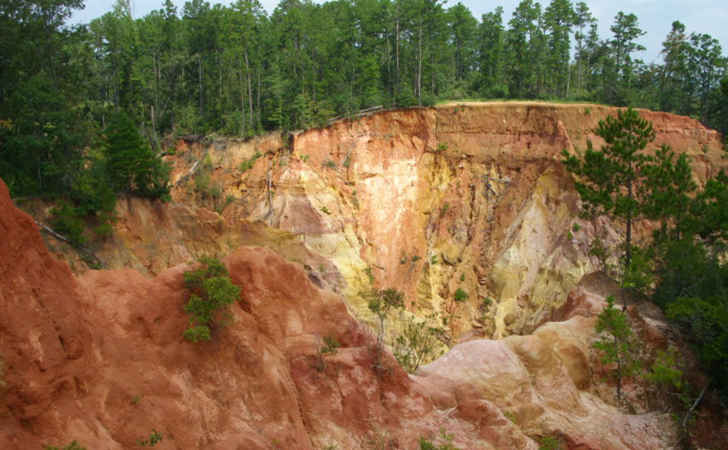
ADVERTISEMENT - CONTINUE BELOW
Red Bluff has come to be known as “Mississippi’s Little Grand Canyon,” and you can see why. Created by the natural erosion of the neighboring Pearl River, it stands about 400 feet above sea level. The bluff consists of exposed red clay, soil, sand, and other natural sediments. Because of the Red Bluff continuing to naturally erode, Mississippi Highway 587 has had to be moved more than once.
Utah: Goblin Valley State Park
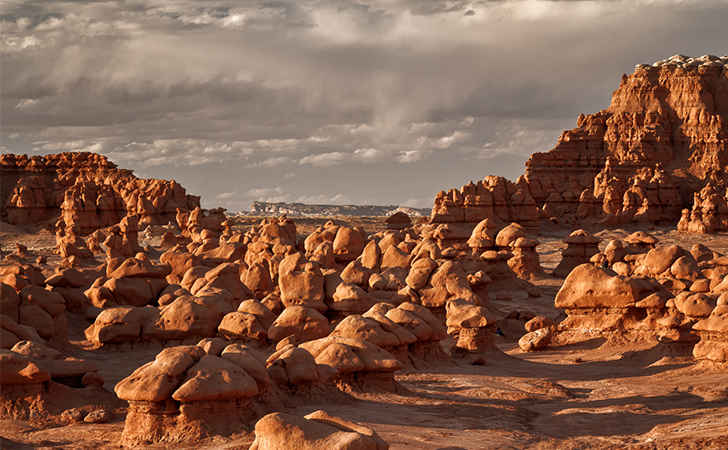
ADVERTISEMENT - CONTINUE BELOW
Doesn’t this natural wonder look like what you would expect the surface of Mars to look like? These weirdly-shaped rocks are called hoodoos, but they are referred to locally as “goblins.” Their distinct shape comes from an erosion-resistant layer of rock atop softer sandstone.
Kansas: Pillsbury Crossing

ADVERTISEMENT - CONTINUE BELOW
Pillsbury Crossing is a natural limestone slab that was used by pioneers to cross Deep Creek. The waterfall is about 40 feet wide and has a drop of around 5 feet. The ledge terminates in a waterfall in Riley County, Kansas.
Nevada: Valley Of Fire State Park
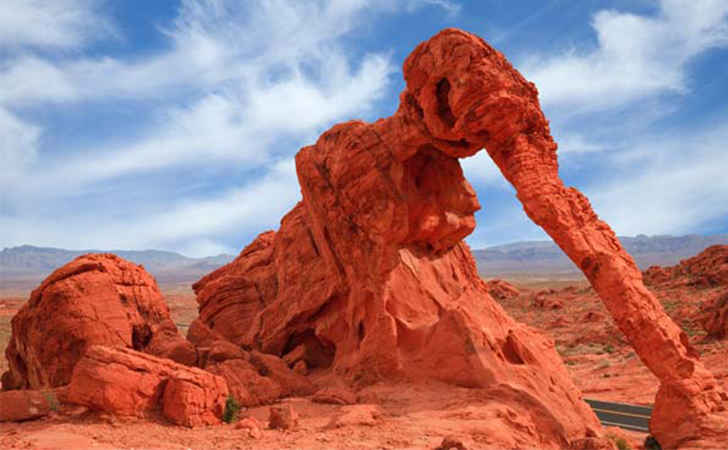
ADVERTISEMENT - CONTINUE BELOW
This beautiful site got its name from the brilliant sandstone formations that burn red like the sun. The Valley of Fire State Park was formed around 150 million years ago by shifting in the sand dunes and has tons of petrified wood, along with 3,000-year-old Indian petroglyphs (rock carvings).
New Mexico: White Sands National Monument
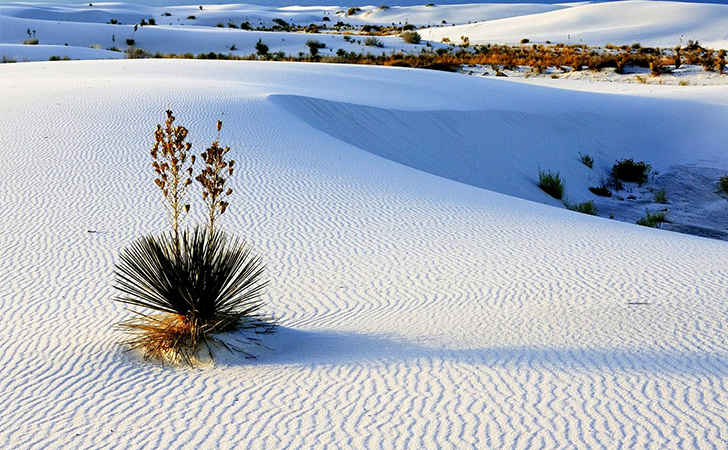
ADVERTISEMENT - CONTINUE BELOW
The White Sands National Monument sits at an elevation of 4,235 feet. It’s the southern part of a 275 square mile field of white sand dunes composed of gypsum crystals. The gypsum dune field is the largest of its kind in the whole world. It’s truly a sight to see.
Nebraska: Chimney Rock National Historic Site
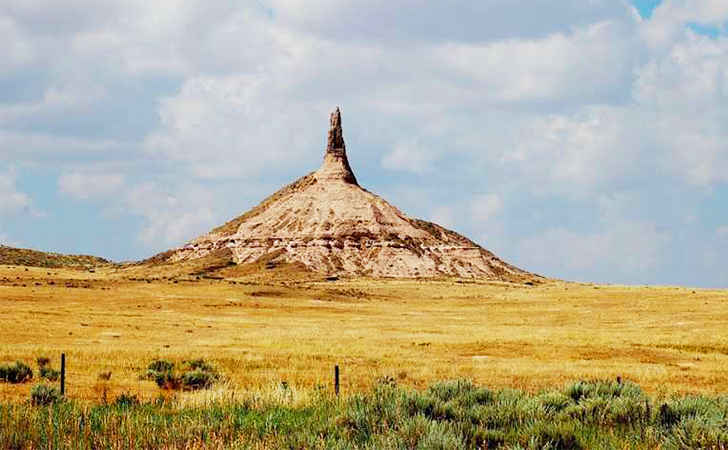
ADVERTISEMENT - CONTINUE BELOW
Made of layers of volcanic ash and Brule clay, Chimney Rock National Historic Site has a spire that rises 325 feet from the base. It’s a geological formation left over from the erosion of the bluffs at the edge of the North Platte Valley
.
West Virginia: Blackwater Falls
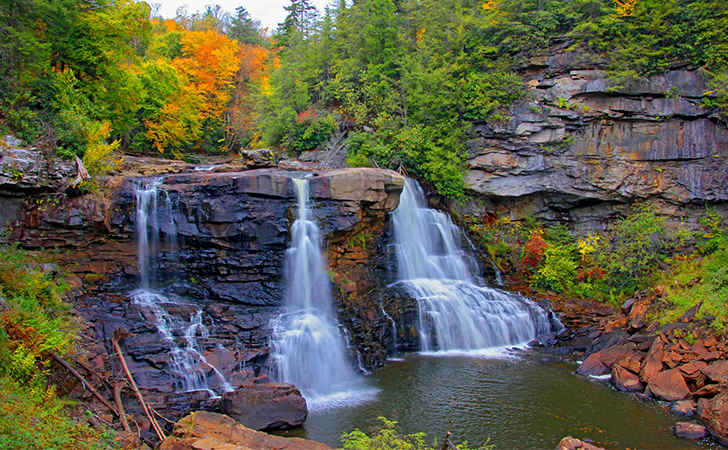
ADVERTISEMENT - CONTINUE BELOW
Blackwater Falls is located in the center of Blackwater Falls State Park. This gorgeous waterfall has a 62-foot cascade, and it is one of the most photographed venues in the state. The river is named for its tannins-darkened water (from the trees that grow in its watershed).
Idaho: Fire Rainbows

ADVERTISEMENT - CONTINUE BELOW
This rare phenomenon is called a “fire rainbow,” which occurs when ice crystals in the atmosphere capture the light of the sun and refract all the colors of the rainbow (like in Frozen!). This only occurs in certain areas (like parts of Idaho) where the sun can get to more than 58 degrees above the horizon.
Hawaii: Kilauea Volcano
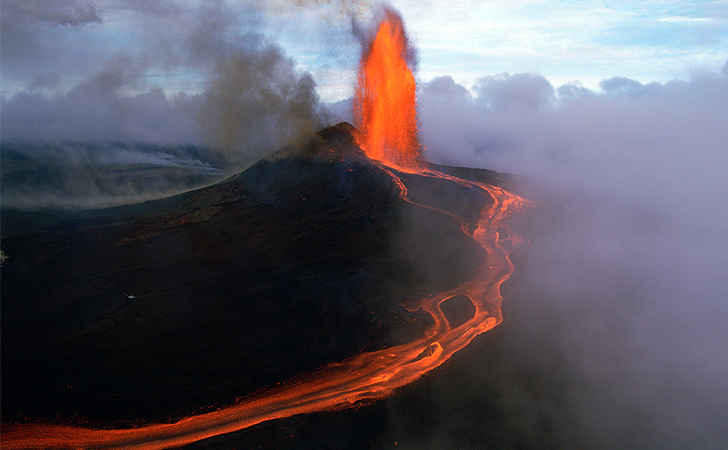
ADVERTISEMENT - CONTINUE BELOW
Though it’s extremely difficult to choose which of the many gorgeous natural wonders to visit in Hawaii, for this list we’ve decided to go with the Kilauea volcano. It is Hawaii’s youngest shield volcano on land, as well as the most active. It’s currently experiencing one of the most long-lived eruptions known to man, having begun in 1983, and still continues today.
Maine: Old Sow Whirlpool
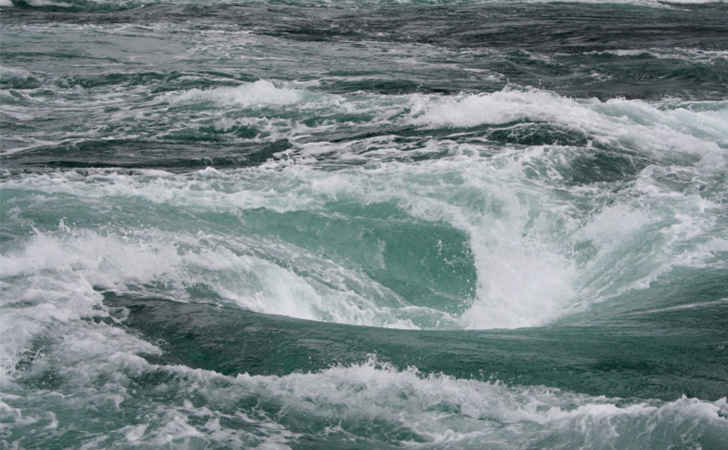
ADVERTISEMENT - CONTINUE BELOW
Old Sow Whirlpool is the largest tidal whirlpool in the Western Hemisphere, with currents meeting between Eastport and Deer Island. It is one of the largest and most dangerous whirlpools on the planet.
New Hampshire: Mount Washington
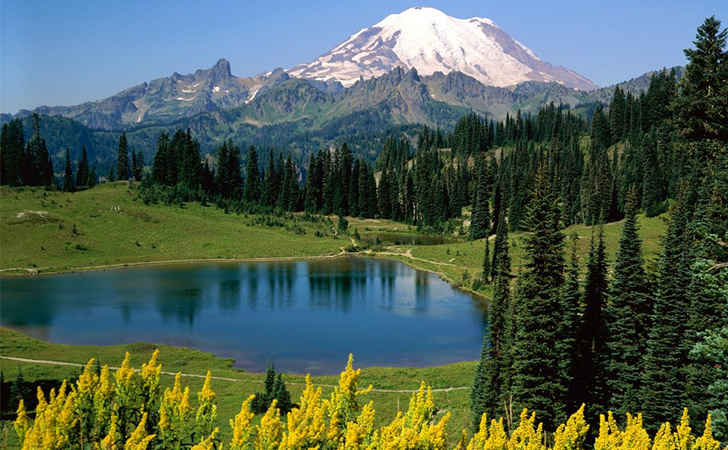
ADVERTISEMENT - CONTINUE BELOW
Mount Washington is the highest peak in the Northeast, stretching 6,288 feet into the sky. From the top you can see views of Maine, Vermont, Massachusetts, Quebec, and even New York. This must be the reason Native Americans considered the peak to be sacred.
Rhode Island: Mohegan Bluffs, Block Island
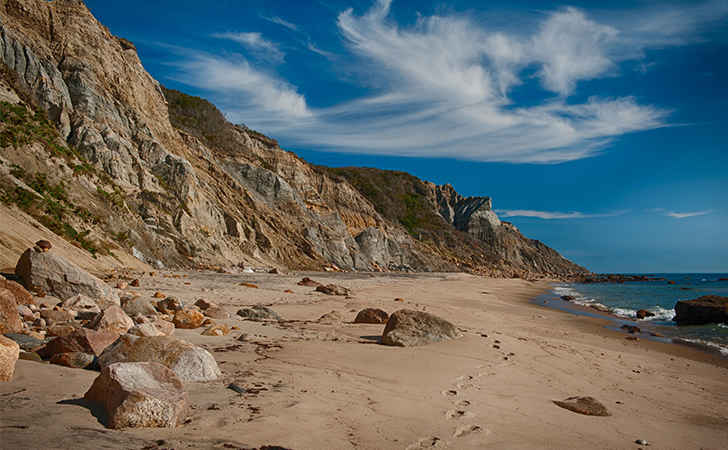
ADVERTISEMENT - CONTINUE BELOW
To get to the gorgeous panoramic views of the Atlantic Ocean on the beach, you must first climb down 140 steps and over yards of boulders, but it’s totally worth it once you get there. The Mohegan Bluffs are 200 feet tall by themselves.
Montana: Grinnell Glacier, Glacier National Park
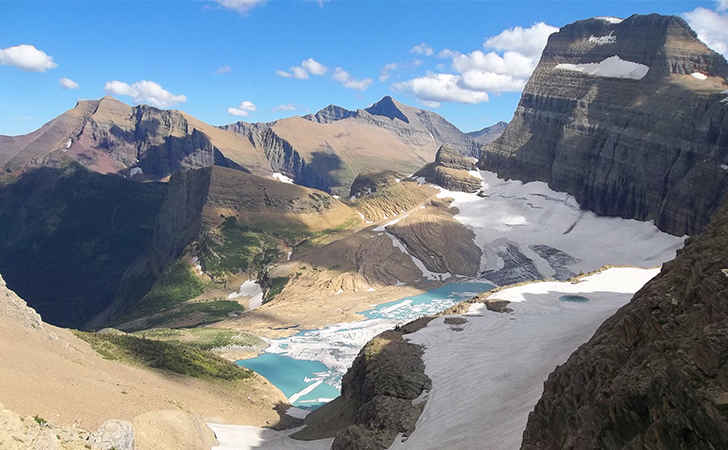
ADVERTISEMENT - CONTINUE BELOW
Grinnell Glacier is in the heart of Glacier National Park in Montana, with an altitude averaging 7,000 feet. One of the most photographed glaciers in the park, many of those photographs date back to the mid 19th century. When comparing those to images taken over subsequent years, the glacier has obviously retreated substantially. It can be reached after a 6-mile hike from a trailhead beginning at Swiftcurrent Lake.
Delaware: Great Cypress Swamp
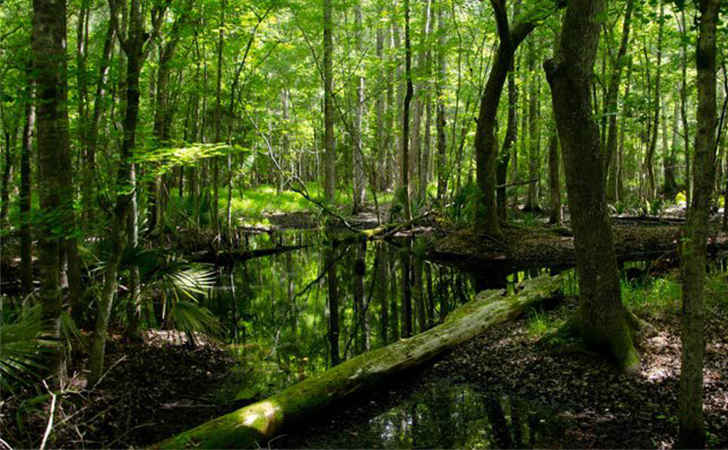
ADVERTISEMENT - CONTINUE BELOW
The Great Cypress Swamp covers 50 square miles of the Delmarva Peninsula. It is the largest contiguous forest on the Delmarva Peninsula. It also has the northernmost density of bald cypress trees. Visit this beautiful swamp as soon as possible!
South Dakota: Badlands National Park
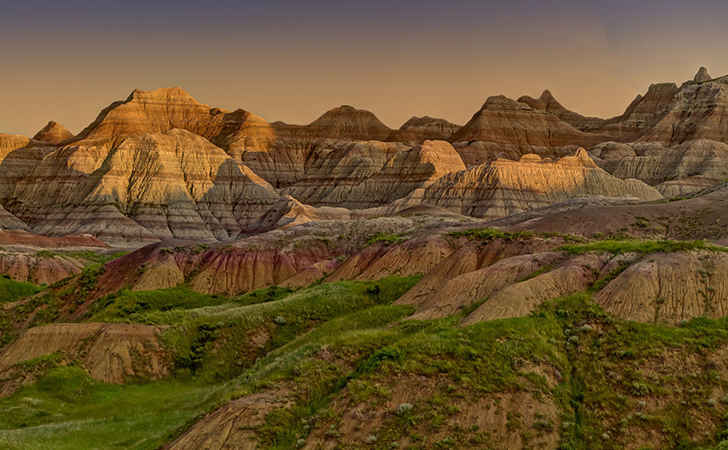
ADVERTISEMENT - CONTINUE BELOW
Badlands National Park is a national park in southwestern South Dakota. It is home to some of the world’s richest fossil beds. Once upon a time, ancient mammal species like the saber-toothed cat roamed here.
North Dakota: White Butte
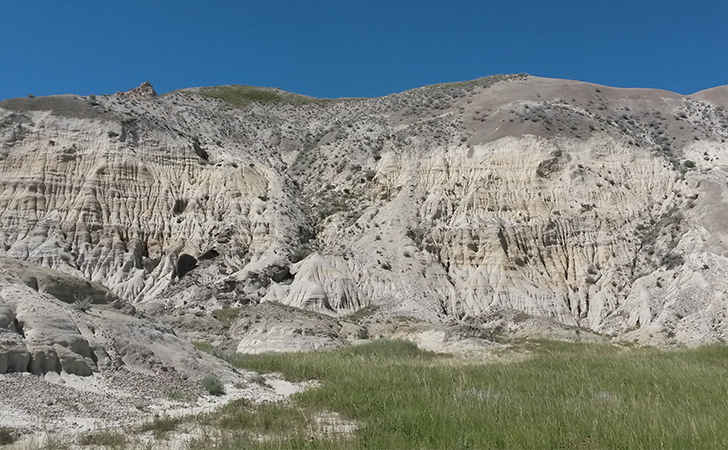
ADVERTISEMENT - CONTINUE BELOW
White Butte is the highest point in North Dakota. Its elevation is 3,506 feet above sea level. Its carved walls were created over centuries from gradual erosion and resulted in the towering form that it is today. It truly is a natural wonder just what the time can do to living things and our surroundings.
Alaska: Glacier Bay National Park
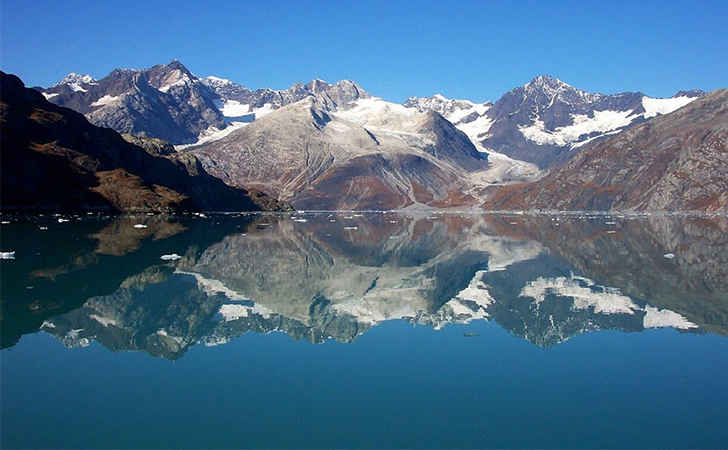
ADVERTISEMENT - CONTINUE BELOW
You may have noticed that we didn’t choose the aurora borealis for this list, but we wanted to be creative! Alaska’s Glacier Bay National Park is truly magnificent and will leave you standing open-mouthed in awe. Alaska is home to more than 100,000 glaciers!
Vermont: Quechee Gorge
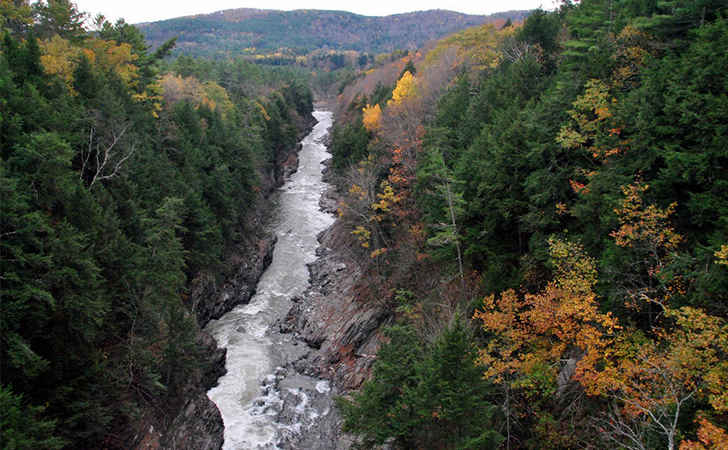
ADVERTISEMENT - CONTINUE BELOW
Quechee Gorge is located in Quechee Gorge State Park, which is one of Vermont’s most popular natural areas. Quechee Gorge is 165 feet deep and is the deepest gorge in Vermont. The Ottauquechee River flows through the bottom of the gorge, and it’s a popular whitewater kayak run.
Wyoming: Grand Prismatic Spring, Yellowstone National Park
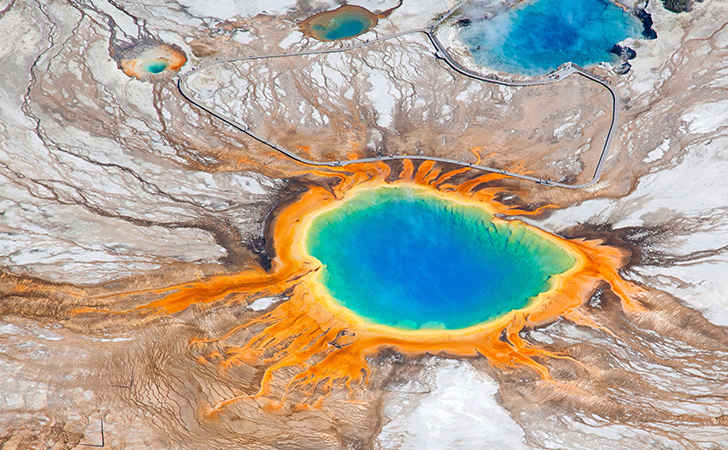
ADVERTISEMENT - CONTINUE BELOW
Bacteria is nothing but a harmful, ugly substance, right? Wrong! At least you’ll think so after seeing the Grand Prismatic Spring in Yellowstone National Park. Pigmented bacteria lives on the perimeter of the country’s largest hot spring, which produces a brilliantly stunning rainbow effect. A sight for sore eyes, indeed.
Pennsylvania: Ricketts Glen State Park
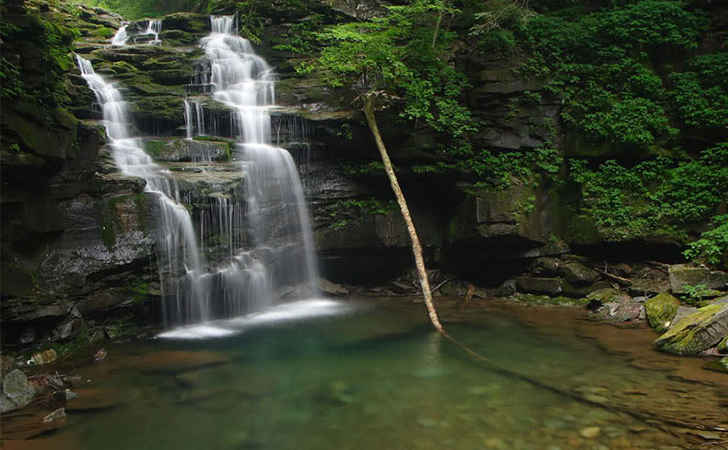
ADVERTISEMENT - CONTINUE BELOW
Ricketts Glen State Park, also a National Natural Landmark, is home to 24 named waterfalls, and was also once home to Native Americans. The highest of its waterfalls is Ganoga Falls, which drops 94 feet. The park offers hiking, cabins, camping, horseback riding, and hunting. Take the whole family and marvel at the beautiful natural creations in this 13,050-acre state park.
New York: Niagara Falls
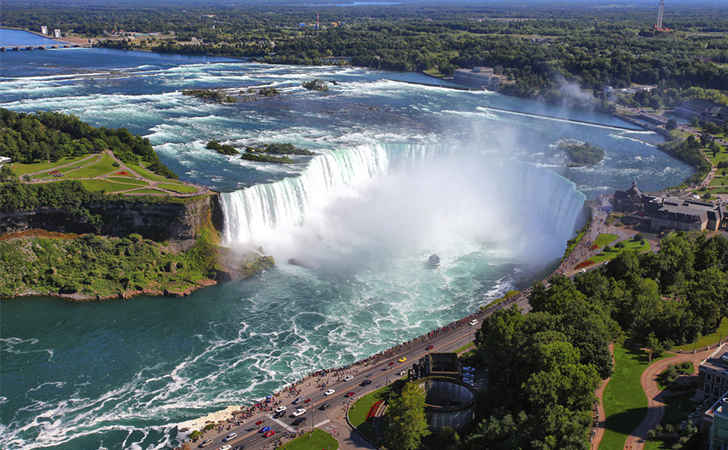
ADVERTISEMENT - CONTINUE BELOW
Of course Niagara falls is an amazing natural wonder not to be ignored in this wonderful U.S. state. The massive waterfall flushes 3,160 tons of water over its falls every second, and it produces over four million kilowatts of electricity to be shared by the U.S. and Canada.
Florida: The Everglades
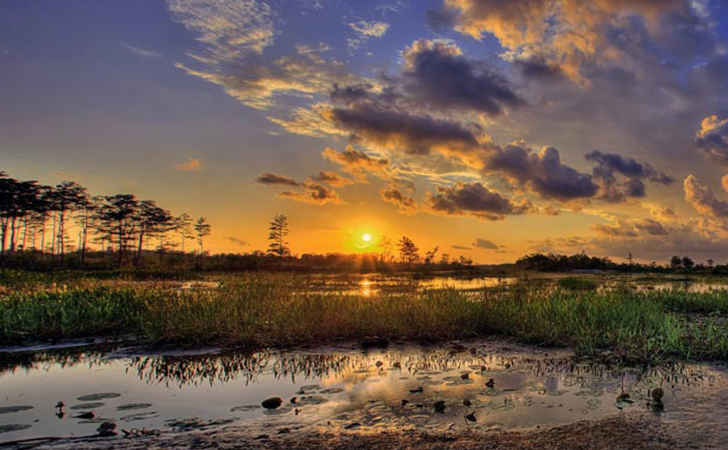
ADVERTISEMENT - CONTINUE BELOW
Florida has much more than Disney World (which, by the way, is not a natural wonder, despite what you may hear). If you travel a few hours further south from Orlando’s Disney World, you’ll eventually hit the Everglades. The wet and wild swamp formed by trees and marshland is the largest subtropical wilderness in the United States.
Texas: Enchanted Rock State Natural Area
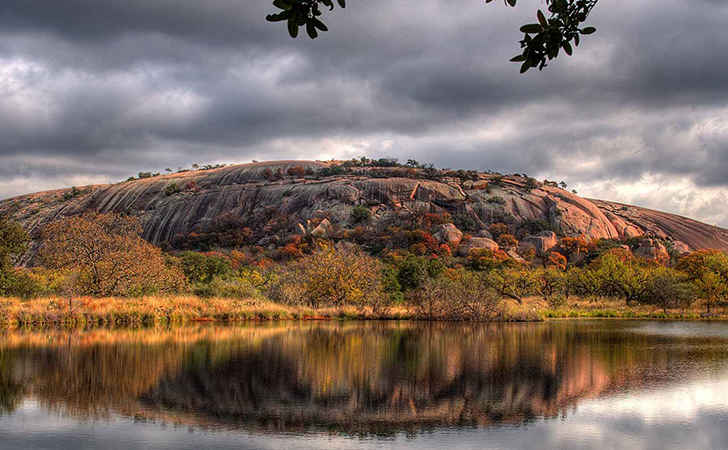
ADVERTISEMENT - CONTINUE BELOW
The massive dome made of pink granite towers over Enchanted Rock State Natural Area. The dome formed a billion years ago when a large pool of magma buoyed above the Earth’s surface, cooled, and slowly turned to granite. It’s called an exfoliation dome, which results from the removal of overburden by erosion, and it also means that it has layers like an onion.
Illinois: Cave In Rock State Park
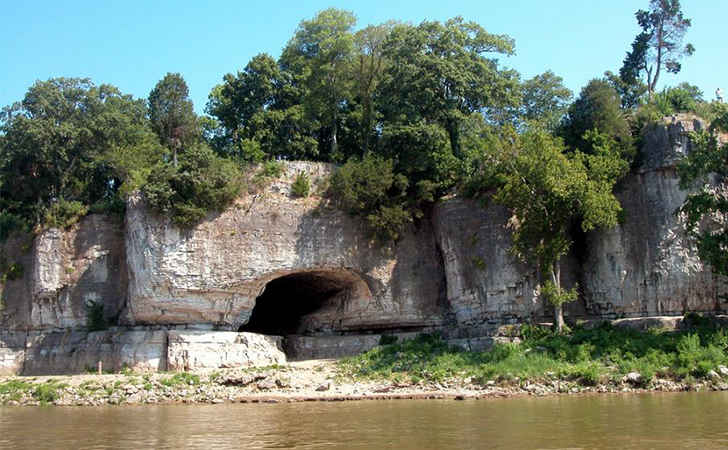
ADVERTISEMENT - CONTINUE BELOW
Somewhere within the grounds of Cave In Rock State Park lies a cave with a 55-foot mouth overlooking the Ohio River. Carved by water thousands of years ago, it is built up of limestone. Fun fact about it–it was actually once home to bandits such as pirates and bootleggers. Today you can explore the cave as a family vacation exploration.
Ohio: Hocking Hills State Park, Ash Cave
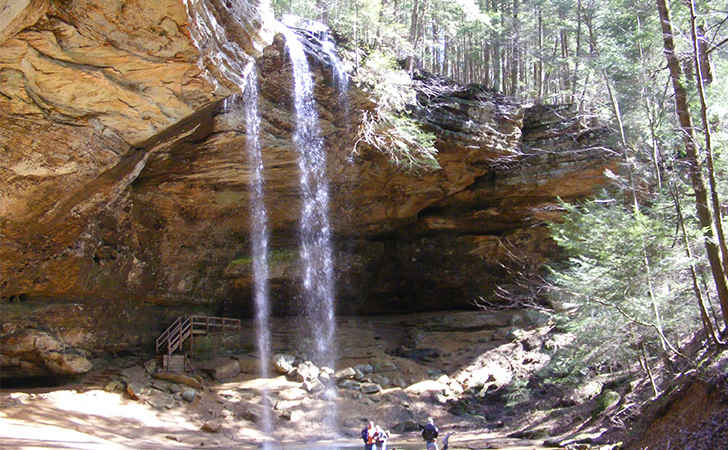
ADVERTISEMENT - CONTINUE BELOW
Hocking Hills State Park contains many spectacular locations to explore, including the one pictured here: Ash Cave. Ash Cave is a large rock shelter within the park that contains a small waterfall. Also within Hocking Hills State Park is Old Man’s Cave, Cedar Falls, Cantwell Cliffs, and Rock House.

































































